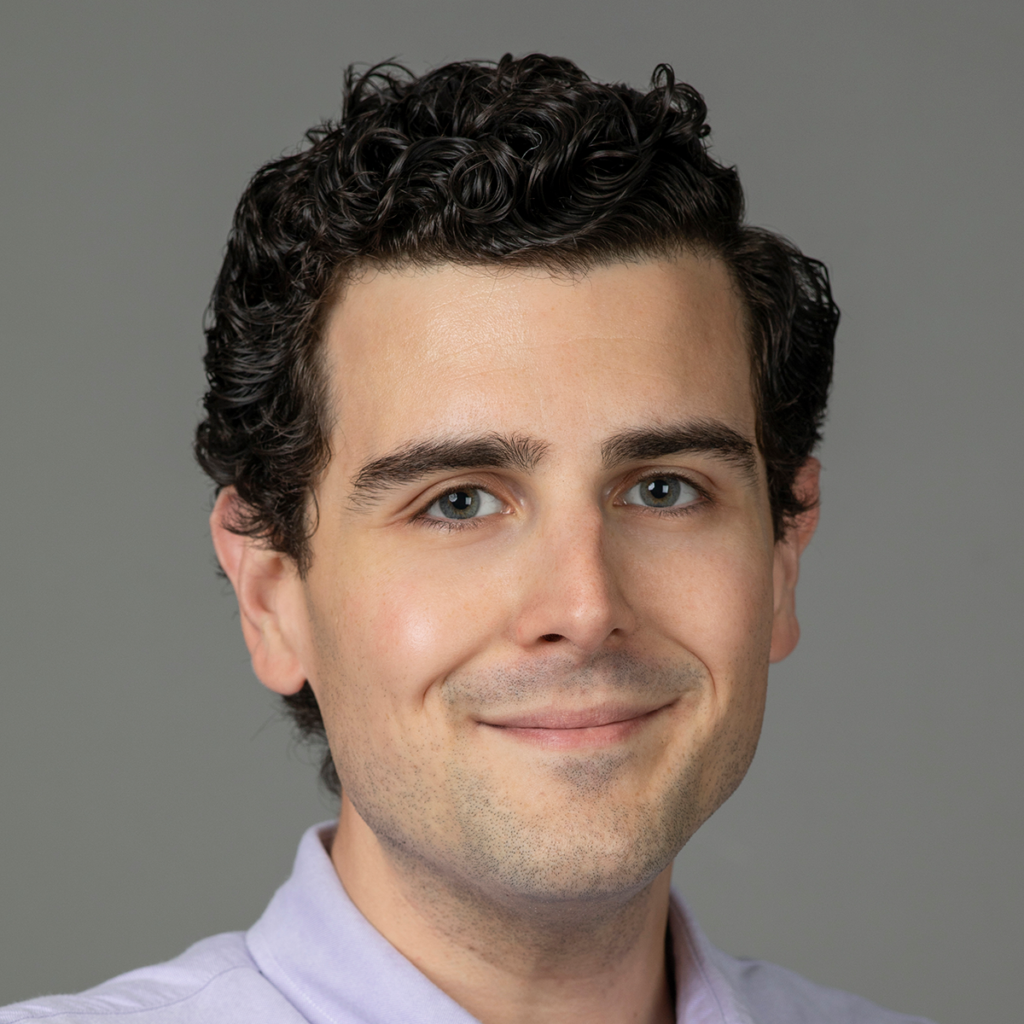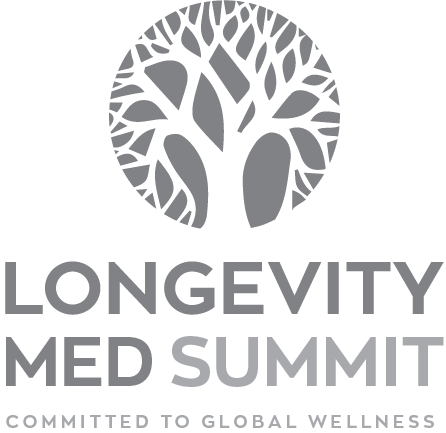

PhD, Research Fellow in Vadim Gladyshev´s Lab at Brigham and Women´s Hospital and Harvard Medical School, Boston, MA, USA
Dr. Jesse Poganik is an Instructor in Medicine at Brigham and Women’s Hospital and Harvard Medical School. His research focuses on understanding the most fundamental aspects of aging: what is the essence of the aging process, and what features define the biological nature of aging? Dr. Poganik believes that taking steps towards answering these foundational questions is key to identifying the most efficient ways to target this process and extend healthy longevity. To this end, he leads several projects in the Gladyshev Lab to understand the temporal dynamics of biological age, the inter-cellular and inter-tissue dynamics of aging, and how aging may best be quantitatively measured. Dr. Poganik also serves on the Executive Committee of the Biomarkers of Aging Consortium. His research has been supported by the Organ Design and Engineering Post‐doctoral Training Program (ODET) T32 program at BWH and he was recently awarded the gold award for best submitted abstract at the 2022 Metabesity Conference.

Aging is classically conceptualized as an ever-increasing trajectory of damage accumulation and loss of function, leading to increases in morbidity and mortality. However, recent in vitro studies have raised the possibility of age reversal, indicating that biological age may be dynamic rather than static. We recently reported that biological age is temporally fluid and exhibits rapid changes in both directions. By applying advanced biomarkers of aging in various mouse and human models, we found that biological age is transiently increased by heterochronic parabiosis, major surgery, pregnancy, and severe COVID-19. Together, these data show that biological age undergoes a rapid increase in response to diverse forms of physiological stress, which is reversed following recovery. More recent work aims to understand inter-organ biological age dynamics. These new layers of aging dynamics should be considered in future studies, as they may be an actionable target for future interventions.
Jesse Poganik
Sign up to receive the Longevity Med Summit
updates and more

Youtube